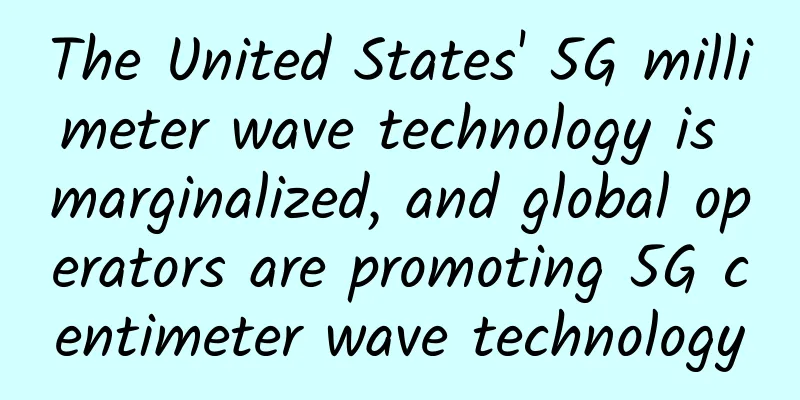Why is the 400-MHz spectrum ideal for critical communications?

|
The 400 MHz spectrum, with its long range, excellent signal penetration and many base station networks already in place, provides an ideal foundation for applications that require highly resilient communications. The importance of robust communications technology to modern civilization cannot be overstated. Everything from responding to major disasters to the day-to-day operations of critical infrastructure relies on people and assets being able to reliably send data and instructions to each other. Given the expansion of smart cities, intelligent utility networks, and more, this reliance on resilient communications technology will only increase. The importance of communications networks to the smooth and safe operation of society is recognised by authorities and is reflected in the requirements for networks used to manage critical infrastructure. In Europe, for example, networks that control the power grid and other critical infrastructure must be able to remain operational for at least 24 hours in the event of a power outage. This is significantly longer than many commercial cellular communications networks can provide. To achieve this level of resilience, the European energy industry is pushing for the adoption of lower-end bands below 1GHz spectrum. 3GPP standards now provide privileged access to the 410 and 450MHz bands for voice communications, LTE, LTE-M and low-power wide-area LTE communications for NB-IoT. Globally, we are now seeing around 400 MHz of spectrum being auctioned off for the creation of private or public networks to support critical communications. Early adopters include Poland, Estonia, Germany, the Czech Republic, the Netherlands and South Africa, as well as parts of the Middle East and South America. More are likely to follow in Europe. 400 MHz Spectrum: Three Key Benefits for Critical Infrastructure NetworksOne of the biggest advantages of 400 MHz spectrum in critical communications environments is its wide range. Most commercial LTE bands operate above 700 MHz, with some 5G networks going as high as 39 GHz. This enables them to deliver the compelling data rates needed for applications such as high-quality video streaming. However, the downside is that the signal decays quickly, resulting in the need for a very dense network of base stations. Even a relatively small country, such as the Netherlands, would require tens of thousands of base stations for full commercial LTE coverage. The 400 MHz spectrum is at the other end of the scale. Its longer coverage means significantly fewer base stations are needed: just a few thousand in a country the size of the Netherlands. When it comes to the robust operation of critical infrastructure, maintaining a network of this size, with all the necessary power redundancy, is much more manageable than with the commercial LTE networks mentioned above. The lower attenuation of signals in the 400 MHz spectrum has a second major advantage: they can penetrate walls and other solid surfaces. This makes the spectrum ideal for applications such as smart electricity meters, which can be buried underground or in people’s homes. Third, many countries already have extensive base station infrastructure in areas that support 400-MHz spectrum. This is because it has been around for a long time, having been used in professional analog mobile radio networks and later CDMA-based networks. For the latter, its long-range coverage was used to provide coverage in remote and sparsely populated areas of the country, including rural Africa and northern Europe. An expanding range of applicationsThe opportunities presented by powerful cellular networks using the mid-400 MHz spectrum are driving significant interest in new use cases. For example, engineers in Poland are creating a private wireless network to connect millions of smart meters and tens of thousands of control and monitoring systems for wind turbines and other applications. In Germany, the government has dedicated spectrum for utility use. It has been licensed to 450 Connect for the next 20 years, with the main use cases being grid control, smart metering and voice communications (as an alternative to professional mobile radio). In the coming years, we are likely to see more uses of the 400 MHz spectrum emerge to support applications that require resilient operation even in the event of a power failure. Key growth areas are likely to include smart medical monitoring devices, security applications, and smart city technologies such as traffic control infrastructure. Design ConsiderationsDevices operating in the 400-MHz spectrum need to make themselves heard by the network. 3GPP allows them to "shout louder" than in other bands, with devices able to broadcast at 26 dBm (power class 2) instead of 23 dBm (power class 3). For engineers selecting cellular components for use in devices that operate in the 400-MHz spectrum, there are many things to keep in mind: Do you need support for Power Class 2? Will your device need to operate on public or private networks, or both? Does LTE-M or NB-IoT also require new 3GPP Release 14 features? If the device may need to operate on the LTE spectrum, does it support active antenna tuning to optimize performance? What are its energy requirements, and does it offer a “last gasp” feature to send a final message in the event of a complete power outage? What are the module’s safety features, given the importance of the applications it may support? 400 MHz spectrum: everything mattersAs digitally controlled, safety-critical technologies become an increasingly important part of modern society, the need for extremely resilient communications networks will continue to grow. With its wide coverage, excellent signal penetration and the availability of established base station networks in many countries, it is no surprise that the 400 MHz spectrum will play a key role in this area in the coming years. |
<<: From 5G to 6G: The race between innovation and disruption
>>: What is a wireless access point?
Recommend
IPv4 and IPv6: Is the Internet Facing a Split?
The Internet is facing a technological split, and...
IDC predicts that the domestic Wi-Fi 6 market will be close to US$200 million in 2020
Recently, IDC released the "China WLAN Marke...
my country's 5G commercialization has delivered a global focus in its first year of annual inspection
According to the China News Service of China Nati...
Why choose NB-IoT when there are so many standards?
The need for communication is indispensable in ou...
2017 F5 makes applications fly!
[51CTO.com original article] In 2017, what will y...
2017: China's first robot firewall launched a powerful attack to break the curse of black production and enhance the security future of online business!
[[188847]] The rise of the digital economy has ma...
This may be the correct way to open 5G
I wonder what you think 5G should look like? Fast...
How powerful is pooling technology? I was shocked by the comparison between threads and thread pools!
[[335212]] This article is reprinted from the WeC...
ZJI: 600 yuan/month-E5-2637v2/16GB/1TB SSD/20M CN2/Hong Kong Kwai Wan Data Center
Last month, ZJI offered a monthly discount for Ho...
When will 5G become mainstream, or is it already mainstream?
Is 5G still waiting for a "killer app"?...
Why don't we use HTTP directly for calls between services but use RPC?
[[313073]] What is RPC? RPC (Remote Procedure Cal...
Research and Marke: Global 5G IoT market size will reach US$11.35 billion in 2027
On March 4, according to foreign media reports, m...
Top 10 predictions for the IoT industry in 2018
The IoT industry had a brilliant year in 2017. So...
Factors that affect OSPF neighbor relationships, OSPF neighbor issues: network and subnet mask
1. OSPF troubleshooting: Multi-point access netwo...
How does DNS affect your surfing speed?
This article introduces DNS-related knowledge in ...









